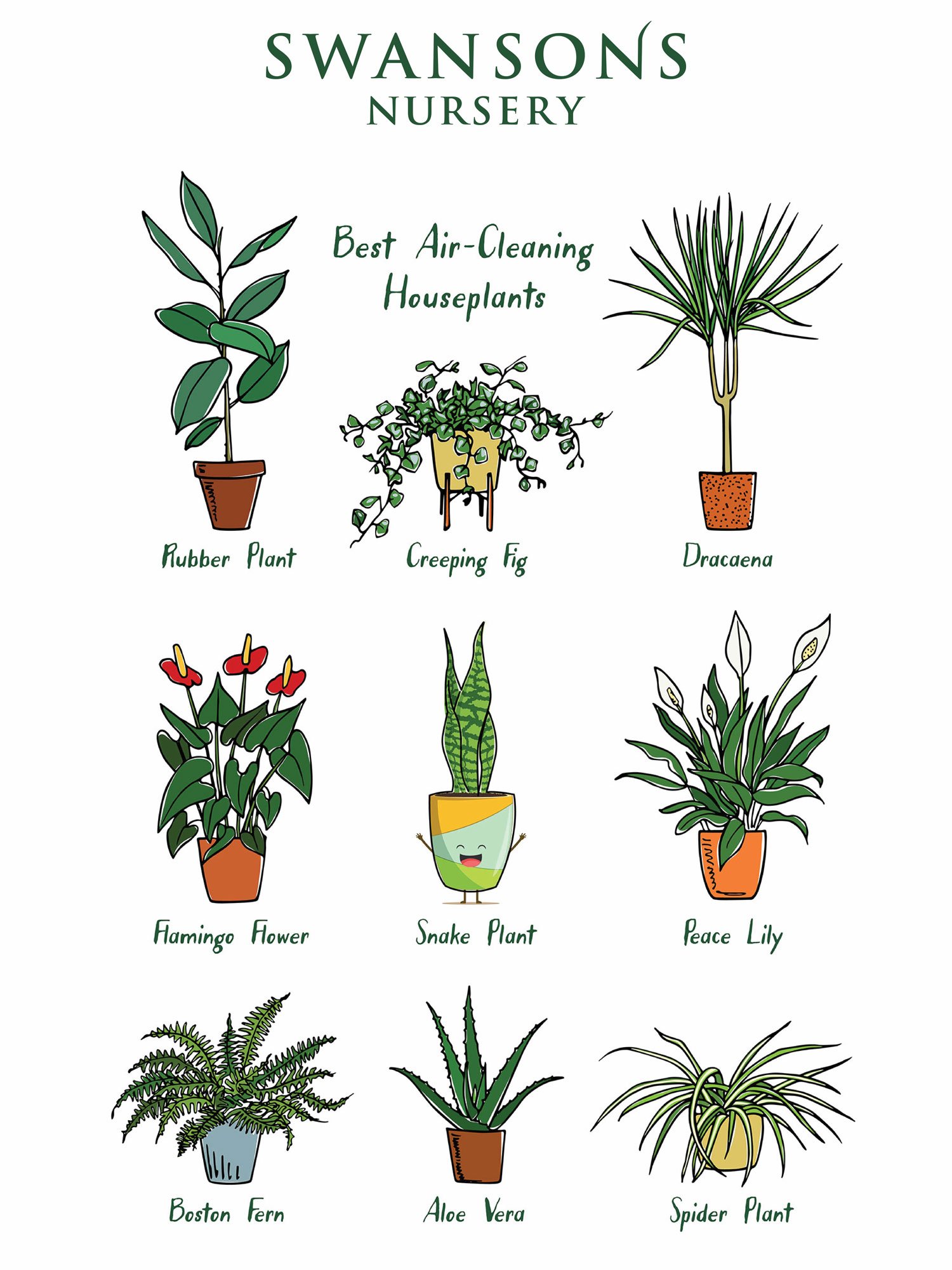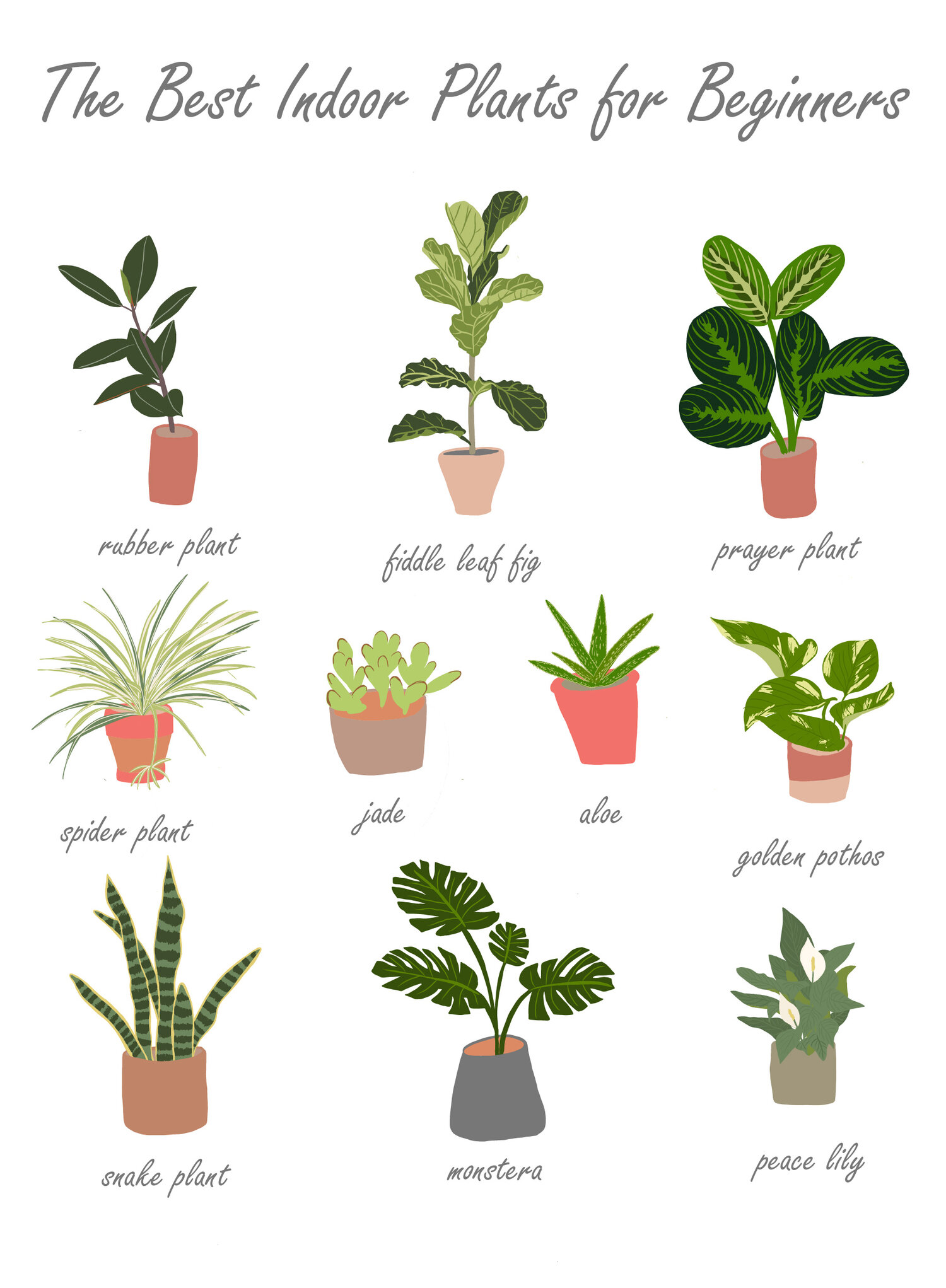Indoor plants can transform your home. They add beauty and improve air quality.
If you want the best indoor plants, this guide is for you. Indoor plants can bring life to any space. They create a peaceful environment and require low maintenance. Whether you have a green thumb or are just starting, choosing the right indoor plants is key.
Some plants thrive in low light, while others need bright, indirect sunlight. Knowing your space and the needs of the plants will help you succeed. In this guide, we will explore the best indoor plants that suit different conditions. Get ready to create your own green oasis indoors!
Choosing The Right Plants
Low maintenance plants are perfect for busy people. These plants do not need much care. Snake plants are very tough. They can survive with little water. ZZ plants are great too. They do not need much light or water. Pothos is another good choice. It grows in low light and needs little care. These plants are ideal for beginners. They can thrive with little attention.
Some plants do well in low light. Spider plants are one of them. They are very easy to grow. Philodendrons are also good. They can live in dim rooms. Peace lilies are great too. They need low light and little water. Ferns can also survive in low light. These plants are perfect for dark corners. They add green beauty to any room.

Credit: www.patchplants.com
Understanding Plant Needs
Each indoor plant needs different amounts of water. Some plants, like succulents, need less water. Other plants, like ferns, need more water. It is important to check the soil. Water the plant when the soil feels dry. Overwatering can harm your plant. It may cause root rot. Always use a pot with a drainage hole.
Indoor plants need light to grow. Some plants need bright light. Others do well in low light. Place your plant near a window. Make sure it gets enough light. If the plant needs more light, use a grow light. Rotate the plant sometimes. This helps all sides get light.
Proper Plant Placement
Plants need natural light to grow well. Place them near windows but not too close. The living room and kitchen are great spots. These areas get good light and have enough space for plants.
Bathrooms can also be good. They are often humid, which many plants love. Just make sure there is some light. Try putting plants on shelves or hanging them from the ceiling.
Drafts can harm plants. Keep them away from doors and windows that open often. Direct sunlight can burn leaves. Place plants in bright, indirect light. This helps them grow without damage.
Be mindful of heating vents. Warm air can dry out plants. Best to place them in a stable, cozy spot. This way, your indoor plants will thrive.
Soil And Potting Mix
Plants need the right soil to grow well. Loamy soil is good for most plants. It holds water but drains well. Sandy soil is also good. It drains fast but needs more water. Clay soil holds water but can be too wet. Mix with sand to help. Peat-based soil is best for plants that like acid. It helps keep soil loose.
Good drainage is key for healthy plants. Waterlogged soil can hurt roots. Drainage holes in pots help. Use gravel or stones at the bottom of pots. This helps water flow out. Choose a potting mix that drains well. Over-watering can be harmful. Check soil before watering. If soil is dry, then water. If wet, wait a day or two.
Watering Techniques
Watering indoor plants can be tricky. Most plants need water once a week. Check the soil before you water. If the top inch is dry, it’s time to water. Some plants need less water in winter. Always adjust based on the season.
Overwatering can harm your plants. Look for yellow leaves. Soil that stays wet is a bad sign. Leaves may drop off. Mold on the soil is also a clue. Reduce water if you see these signs.

Credit: www.soultravelfitness.com
Fertilizing Indoor Plants
Different plants need different fertilizers. Organic fertilizers are natural. They come from plants or animals. Inorganic fertilizers are made from chemicals. They work fast. Liquid fertilizers are easy to use. Just mix with water. Granular fertilizers are dry. Sprinkle them on the soil. Slow-release fertilizers feed plants over time. They are good for busy people.
Fertilize indoor plants every two weeks. Use less in winter. Plants grow slower then. Too much fertilizer can hurt plants. Follow the instructions on the package. Each plant is different. Some need more food. Some need less. Watch your plants. They will tell you. Leaves will turn yellow if they are hungry. Stop fertilizing if leaves burn. Always use the right amount.
Pruning And Maintenance
Pruning and maintenance keep indoor plants healthy and vibrant. Regular trimming prevents overgrowth and encourages new growth. Removing dead leaves improves air circulation and overall plant health.
Trimming For Growth
Indoor plants need regular trimming for healthy growth. Cut back long stems to encourage new growth. Use clean, sharp scissors to avoid damage. Focus on removing overgrown parts. This helps the plant stay balanced. New shoots will grow where you cut. It makes the plant fuller and more vibrant.
Removing Dead Leaves
Dead leaves can harm your plant. They attract pests and diseases. Remove them as soon as you see them. Gently pull off the dead leaves. If they are hard to remove, use scissors. Always cut close to the base. This keeps the plant tidy and healthy. Regularly checking for dead leaves is important. It keeps your plant in top shape.

Credit: www.swansonsnursery.com
Dealing With Pests
Indoor plants often face pests. Common pests are aphids, spider mites, and mealybugs. Aphids are small and green. Spider mites are tiny and red. Mealybugs look like white cotton. These pests harm plants by sucking their juices. They can make leaves yellow and weak.
Try natural methods to control pests. Wash plants with soapy water. Use a mild soap. Rinse well after washing. Introduce beneficial insects like ladybugs. Ladybugs eat aphids. Use neem oil. Neem oil is safe and works well. Spray it on leaves.
Frequently Asked Questions
What Are The Best Indoor Plants For Low Light?
Some of the best indoor plants for low light include snake plants, pothos, and ZZ plants. These plants thrive with minimal light and are easy to care for.
How Often Should I Water Indoor Plants?
Watering indoor plants depends on the type and environment. Generally, water them once a week. Ensure the soil is dry before watering again.
Can Indoor Plants Improve Air Quality?
Yes, indoor plants can improve air quality. They filter pollutants and release oxygen, making the indoor environment healthier and fresher.
What Are The Easiest Indoor Plants To Maintain?
Some of the easiest indoor plants to maintain are spider plants, peace lilies, and succulents. They require minimal care and are resilient.
Conclusion
Creating a cozy indoor garden is simple with the right plants. Choose low-maintenance varieties to suit your lifestyle. Water and sunlight are crucial. Regularly check your plants for health. Enjoy the fresh air and beauty they bring. Happy planting!

My mission is to help you bring the beauty of nature indoors with expert advice, detailed plant care guides, and creative design ideas.





Leave a Reply